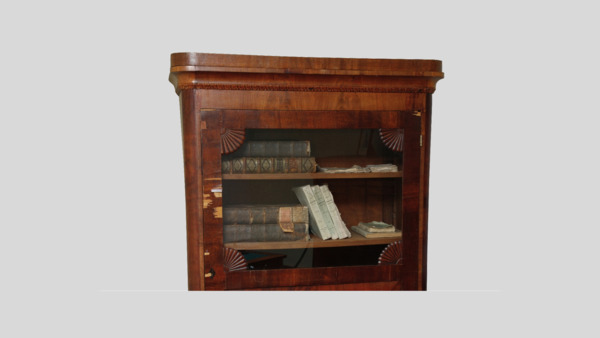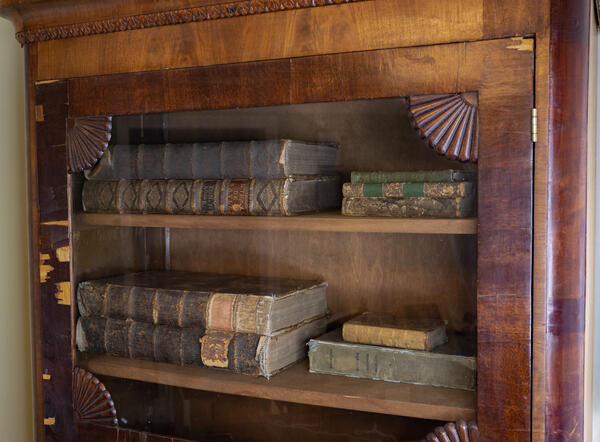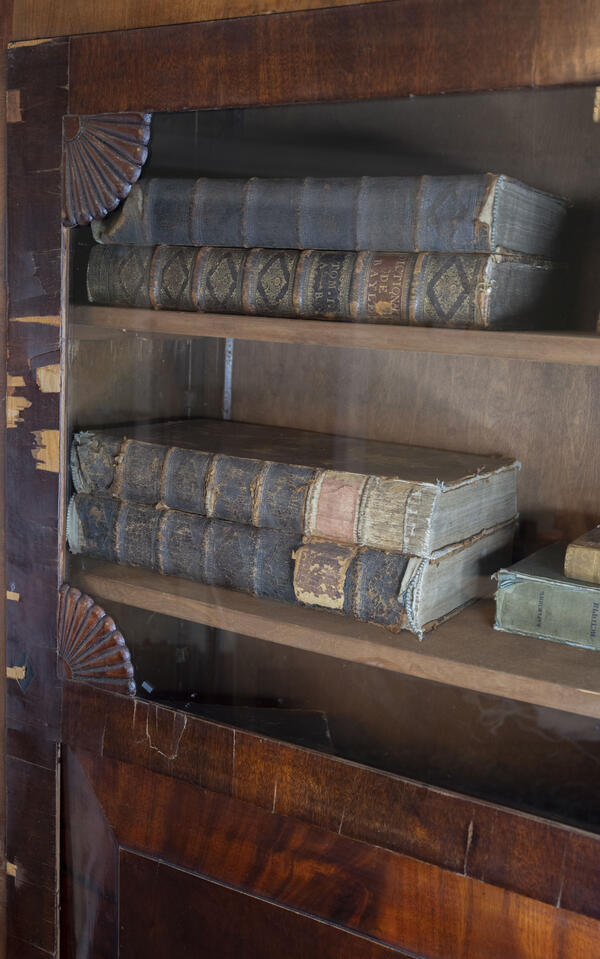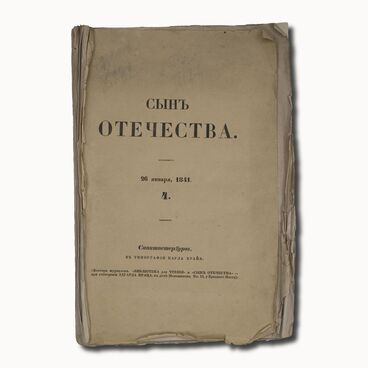The history of how such a familiar object as a bookcase came to be is truly fascinating. Its modern shape is regular, its surface is smooth, and its book doors are glass, but all that used to be quite different.
It is believed that bookcases were inspired by a chest or something similar to it. At first, they did not have any shelves, however, that was compensated by a decent lock that provided protection and safety of personal belongings. Back in the day, books were a luxury and thereby available only to wealthy people.
Bookcases with glazed doors appeared in England in the 18th century. In the early 19th century, reading became one of the main pastimes, and striving for moral perfection was the duty of every nobleperson, so a study or library was considered the main room in every noble residence. A book became an obligatory item in every noble house and constituted an integral part of a landowner’s life.
Remarkably, Pushkin had 1,522 books in his library, with only 529 of them in Russian. Most of the books were written in 14 languages, French being the prevailing one.
With books becoming more affordable, there was a growing need of space for their storage. A significant collection of books required a special room — a library, which usually adjoined a gentleman’s office and was its direct extension. It is worth mentioning that library bookcases were usually designed to fit the interior of an office. If a room was small, the size of a bookcase was reduced by cutting off the pediment and lessening the height and depth of the structure. Initially, bookcases had solid or mirrored doors, which were later joined by glass ones. The top doors of bookcases usually were glass, while the bottom ones were made of solid wood.
The book “Saint Petersburg in the Times of Pushkin” has the following extract,
It is believed that bookcases were inspired by a chest or something similar to it. At first, they did not have any shelves, however, that was compensated by a decent lock that provided protection and safety of personal belongings. Back in the day, books were a luxury and thereby available only to wealthy people.
Bookcases with glazed doors appeared in England in the 18th century. In the early 19th century, reading became one of the main pastimes, and striving for moral perfection was the duty of every nobleperson, so a study or library was considered the main room in every noble residence. A book became an obligatory item in every noble house and constituted an integral part of a landowner’s life.
Remarkably, Pushkin had 1,522 books in his library, with only 529 of them in Russian. Most of the books were written in 14 languages, French being the prevailing one.
With books becoming more affordable, there was a growing need of space for their storage. A significant collection of books required a special room — a library, which usually adjoined a gentleman’s office and was its direct extension. It is worth mentioning that library bookcases were usually designed to fit the interior of an office. If a room was small, the size of a bookcase was reduced by cutting off the pediment and lessening the height and depth of the structure. Initially, bookcases had solid or mirrored doors, which were later joined by glass ones. The top doors of bookcases usually were glass, while the bottom ones were made of solid wood.
The book “Saint Petersburg in the Times of Pushkin” has the following extract,






